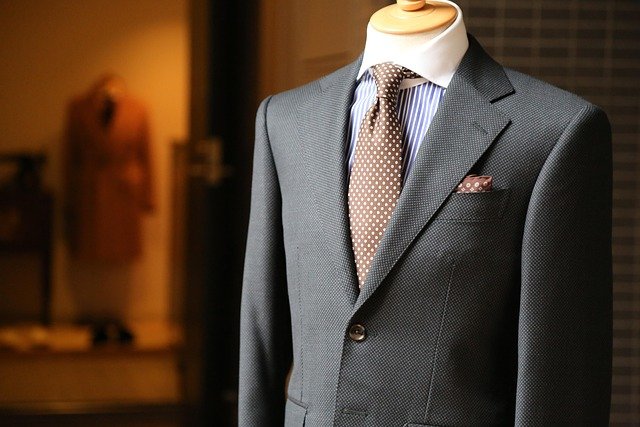**Topic: "Sustainable Fashion: The Rise of Eco-Friendly Fabrics in Modern Design"**

Sustainable Fashion: The Rise of Eco-Friendly Fabrics in Modern Design
In recent years, the fashion industry has witnessed a significant shift towards sustainability, with eco-friendly fabrics taking center stage in modern design. As consumers become more conscious of their environmental impact, designers are embracing innovative materials that not only look good but also promote a healthier planet. Here’s a closer look at the rise of sustainable fashion and the eco-friendly fabrics making waves in the industry.
The Importance of Sustainable Fashion
Sustainable fashion goes beyond just the materials used; it encompasses ethical production practices, fair labor conditions, and a commitment to reducing waste. The fashion industry is one of the largest polluters in the world, contributing to water pollution, deforestation, and greenhouse gas emissions. By shifting towards sustainable practices, designers can help mitigate these issues and create a more responsible industry.
Eco-Friendly Fabrics to Watch
1. Organic Cotton
Unlike conventional cotton, which relies heavily on pesticides and fertilizers, organic cotton is grown without harmful chemicals. This not only benefits the environment but also results in softer, more breathable fabrics. Designers are increasingly incorporating organic cotton into their collections, from casual wear to high-end pieces.
2. Tencel (Lyocell)
Tencel is a biodegradable fabric made from sustainably sourced wood pulp, primarily from eucalyptus trees. The production process uses a closed-loop system that recycles water and solvents, minimizing waste. Tencel is known for its luxurious feel, breathability, and moisture-wicking properties, making it a popular choice for activewear and casual clothing.
3. Recycled Polyester
Recycled polyester is made from post-consumer plastic bottles and other plastic waste. By repurposing materials that would otherwise end up in landfills, designers can create stylish garments while reducing their carbon footprint. This versatile fabric is commonly used in outerwear, sportswear, and everyday basics.
4. Hemp
Hemp is one of the most sustainable crops, requiring minimal water and no pesticides to grow. Its fibers are strong, durable, and naturally resistant to mold and UV light. Hemp fabric is increasingly being used in everything from casual wear to high-fashion pieces, showcasing its versatility and eco-friendly benefits.
5. Piñatex
Piñatex is a groundbreaking leather alternative made from pineapple leaf fibers. This innovative material not only provides a sustainable option for leather goods but also supports local farmers by utilizing agricultural waste. Designers are using Piñatex for bags, shoes, and accessories, proving that sustainable can also be stylish.
The Future of Fashion
As the demand for sustainable fashion continues to grow, we can expect to see more designers experimenting with eco-friendly fabrics and innovative production techniques. Collaborations between fashion brands and sustainable fabric manufacturers are becoming more common, leading to exciting new collections that prioritize both style and environmental responsibility.
Conclusion
The rise of eco-friendly fabrics in modern design is a testament to the fashion industry's commitment to sustainability. By choosing materials that are kind to the planet, designers can create beautiful garments that not only enhance our wardrobes but also contribute to a healthier future. As consumers, we have the power to support these changes by making informed choices and embracing sustainable fashion in our own lives.
Let’s celebrate the beauty of sustainable fashion and continue to push for a greener, more ethical industry! 🌿✨

Upvoted! Thank you for supporting witness @jswit.